Meenakshi Temple, Madurai
Arulmigu Meenakshi Sundareshwarar Temple is a historic Hindu temple located on the southern bank of the Vaigai River in the temple cityof Madurai, Tamil Nadu, India. It is dedicated to the goddess Meenakshi, a form of Parvati, and her consort, Sundareshwar, a form of Shiva.The temple is at the center of the ancient temple city of Madurai mentioned in the Tamil Sangam literature, with the goddess temple mentioned in 6th-century-CE texts.This temple is one of the Paadal Petra Sthalam. The Paadal Petra sthalam are 275 temples of lord Shiva that are revered in the verses of Tamil Saiva Nayanars of 6th-9th century CE.
The west tower (gopuram) of the temple is the model based on which the Tamil Nadu State Emblem is designed.
Overview
Madurai Meenakshi Sundareswarar temple was built by King Kulasekara Pandya (1190-1216 CE). He built the main Portions of the three-storeyed gopura at the entrance of Sundareswarar Shrine and the central portion of the Goddess Meenakshi Shrine are some of the earliest surviving parts of the temple. The traditional texts call him a poet-saint king, additionally credit him with a poem called Ambikai Malai, as well as shrines (koil) each for Natarajar and Surya near the main temple, Ayyanar in the east, Vinayagar in the south, Kariamalperumal in the west and Kali in the north. He also built a Mahamandapam. Kulasekara Pandya was also a poet and he composed a poem on Meenakshi named Ambikai Malai. Maravarman Sundara Pandyan I built a gopura in 1231, then called Avanivendaraman, later rebuilt, expanded and named as Sundara Pandya Thirukkopuram. Chitra gopuram (W), also known as Muttalakkum Vayil, was built by Maravarman Sundara Pandyan II (1238-1251). This gopuram is named after the frescoes and reliefs that depict secular and religious themes of Hindu culture. Maravarman Sundara Pandyan II also added a pillared corridor to the Sundareswara shrine and the Sundara Pandyan Mandapam. It was rebuilt after the 14th-century damage, its granite structure was renovated by Kumara Krishnappar after 1595. Though the temple has historic roots, most of the present campus structure was rebuilt after the 14th century CE, further repaired, renovated and expanded in the 17th century by Tirumala Nayaka.In the early 14th century, the armies of Delhi Sultanate led by Muslim Commander Malik Kafur plundered the temple, looted it of its valuables and destroyed the Madurai temple town along with many other temple towns of South India.The contemporary temple is the result of rebuilding efforts started by the Vijayanagara Empire rulers who rebuilt the core and reopened the temple.In the 16th century, the temple complex was further expanded and fortified by the Nayak ruler Vishwanatha Nayakar and later others. The restored complex now houses 14 gopurams (gateway towers), ranging from 45–50m in height, with the southern gopura tallest at 51.9 metres (170 ft). The complex has numerous sculpted pillared halls such as Ayirakkal (1000-pillared hall), Kilikoondu-mandapam, Golu-mandapam and Pudu-mandapam. Its shrines are dedicated to Hindu deities and Shaivism scholars, with the vimanas above the garbhagrihas (sanctums) of Meenakshi and Sundaresvara gilded with gold.
The temple is a major pilgrimage destination within the Shaivism tradition, dedicated to Meenakshi Devi and Shiva. However, the temple includes Vishnu in many narratives, sculptures and rituals as he is considered to be Meenakshi's brother.This has made this temple and Madurai as the "southern Mathura", one included in Vaishnava texts. The Meenakshi temple also includes Lakshmi, flute playing Krishna, Rukmini, Brahma, Saraswati, other Vedic and Puranic deities, as well as artwork showing narratives from major Hindu texts. The large temple complex is the most prominent landmark in Madurai and attracts tens of thousands visitors a day.The temple attracts over a million pilgrims and visitors during the annual 10-day Meenakshi Tirukalyanam festival, celebrated with much festivities and a ratha (chariot) procession during the Tamil month of Chittirai (overlaps with April–May in Georgian calendar, Chaitra in North India). The Temple has been adjudged best ‘Swachh Iconic Place’ in India as on October 1, 2017 under Swachh Bharat Abhiyan.
Main Gate of Meenakshi temple, Madurai
Legend
The goddess Meenakshi is the principal deity of the temple, unlike most Shiva temples in South India where Shiva is the principal deity.According to a legend found in the Tamil text Tiruvilaiyatarpuranam, king Malayadwaja Pandya and his wife Kanchanamalai performed a Yajna seeking a son for succession. Instead a daughter is born out of the fire who is already 3 year old and has three breasts. Shiva intervenes and says that the parents should treat her like a son, and when she meets her husband, she will lose the third breast. They follow the advice. The girl grows up, the king crowns her as the successor and when she meets Shiva, his words come true, she takes her true form of Meenakshi.According to Harman, this may reflect the matrilineal traditions in South India and the regional belief that "penultimate [spiritual] powers rest with the women", gods listen to their spouse, and that the fate of kingdoms rest with the women. According to Susan Bayly, the reverence for Meenakshi is a part of the Hindu goddess tradition that integrates with the Dravidian Hindu society where the "woman is the lynchpin of the system" of social relationships.
The marriage of Meenakshi and Shiva was the biggest event, with all gods, goddesses and living beings gathered. Vishnu is believed to be the brother of Meenakshi. Vishnu gives her away to Shiva at the wedding.
Description
An aerial view of the compound from the top of the southern gopuram, looking north.
The temple complex is the center of the old city of Madurai. It consists of monuments inside a number of concentric enclosures, each layer fortified with high masonry walls. The outer walls have four towering gateways, allowing devotees and pilgrims to enter the complex from all four directions. After the city's destruction in the 14th century, the Tamil tradition states that the king Vishwantha Nayaka rebuilt the temple and the Madurai city around it in accordance with the principles laid down in the Shilpa Shastras (Sanskrit: ?ilpa ??stra. The city plan is based on concentric squares with streets radiating out from the temple. Early Tamil texts mention that the temple was the center of the city and the streets happened to be radiating out like a lotus and its petals. The temple prakarams (outer precincts of a temple) and streets accommodate an elaborate festival calendar in which processions circumambulate the temple complex. The vehicles used in the processions are progressively more massive the further they travel from the centre.
The temple complex is spread over about 14 acres (5.7 ha).The courtyard is close to a square with each side of about 800 feet, but more accurately a rectangle with one side about 50 feet longer. The complex has numerous shrines and mandapas, of which the most important and largest are the two parallel shrines in the innermost courtyard, one for Meenakshi (B on the plan) and other for Sundareshvara (A). Additionally, the complex has a golden lotus sacred pool (L) for pilgrims to bathe in, a thousand-pillar hall choultry with extensive sculpture (Q), the kalyana mandapa or wedding hall, many small shrines for Hindu deities and for scholars from the sangam (academy) history, buildings which are religious schools and administrative offices, elephant sheds, equipment sheds such as those for holding the chariots used for periodic processions and some gardens.The temple is embedded inside a commercial hub and traditional markets.
According to Holly Reynolds, a closer examination of the temple plan, as well as the old city, suggests that it is mandala, a cosmic diagram laid out based on principles of symmetry and loci.
The temple complex has had a living history, has been in use for almost all of its history except for about 60 years when it was closed and in ruins after its destruction in the 14th century. The temple has continued to evolve in the modern era. For example, before the colonial era, the temple complex was itself inside another layer of old city’s fortified walls. The British demolished this layer of fortification in the early 19th century. The surviving plan of the temple complex places it within the old city, one defined by a set of concentric squares around the temple.



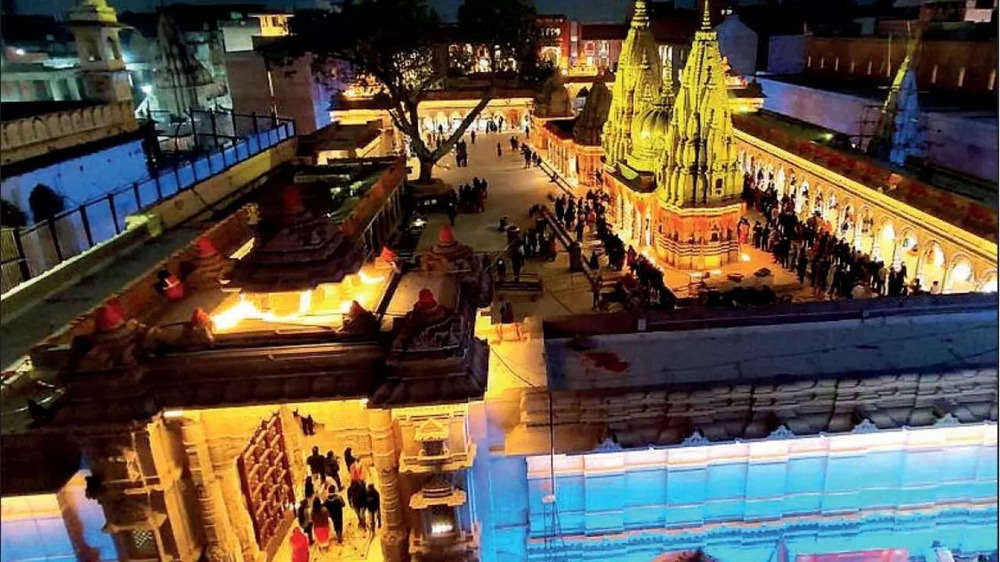
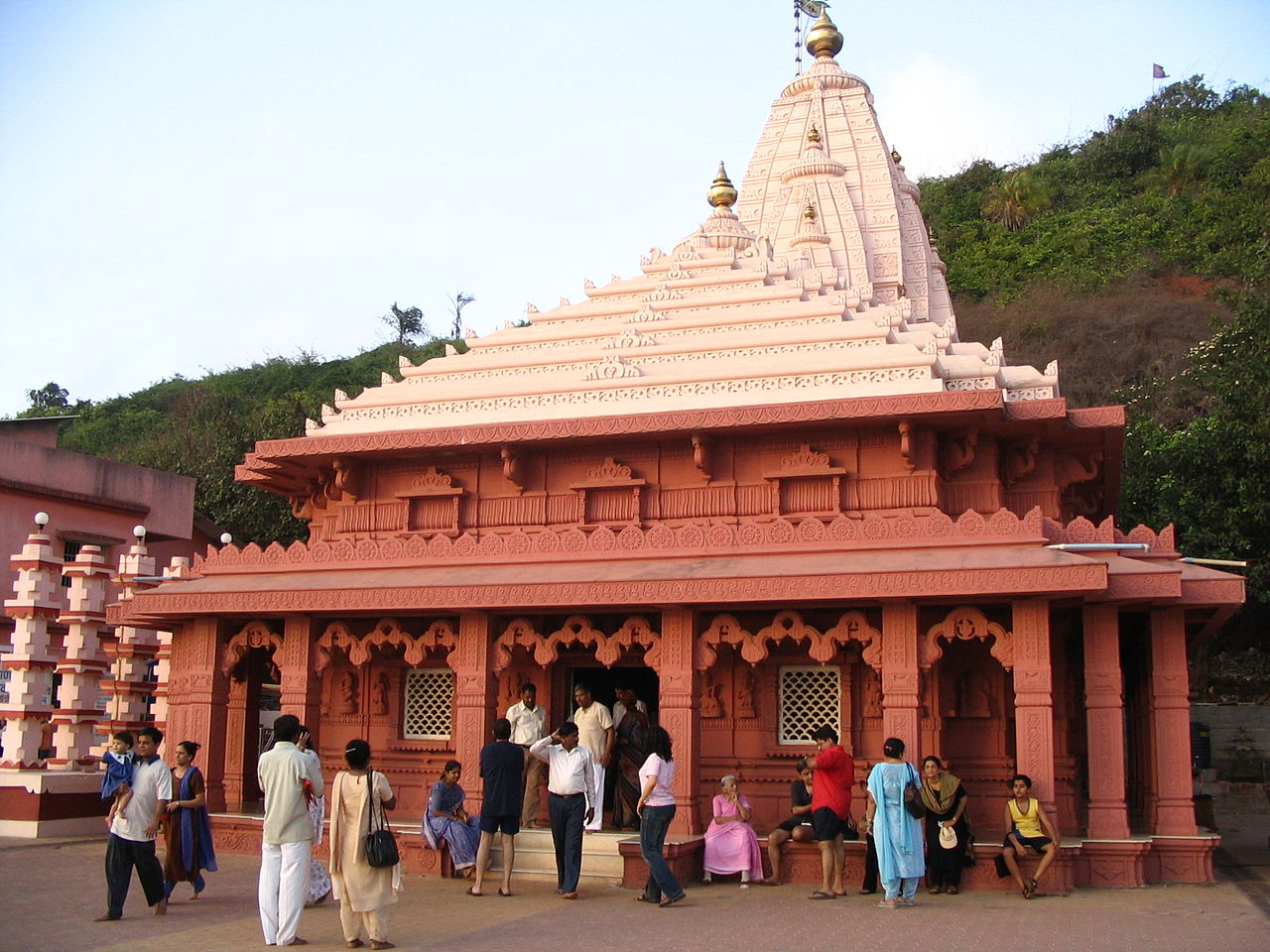
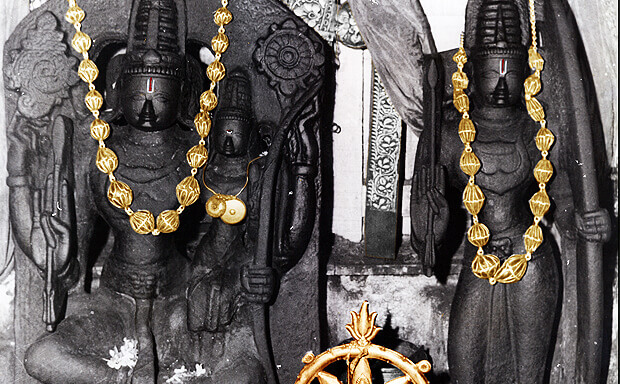
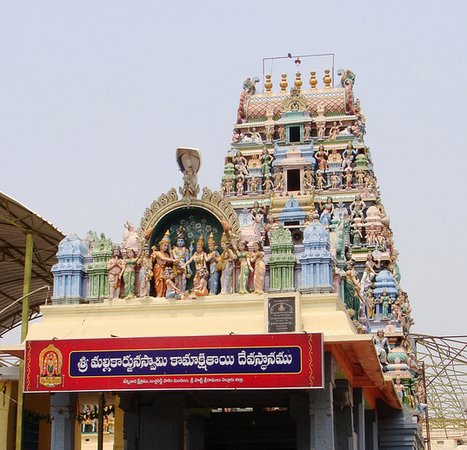
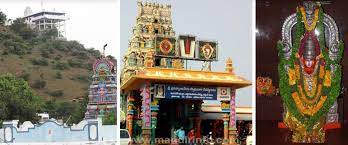
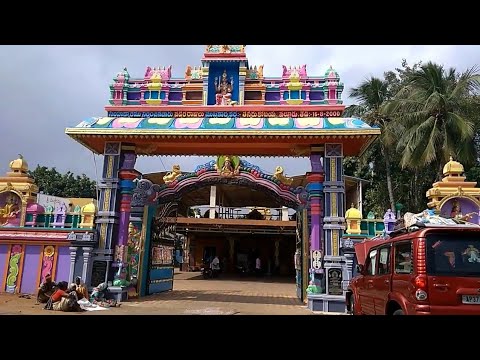
Enquiry Form for Customized Package